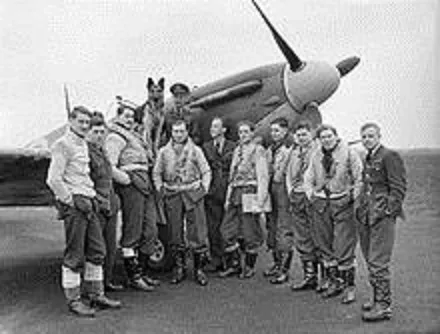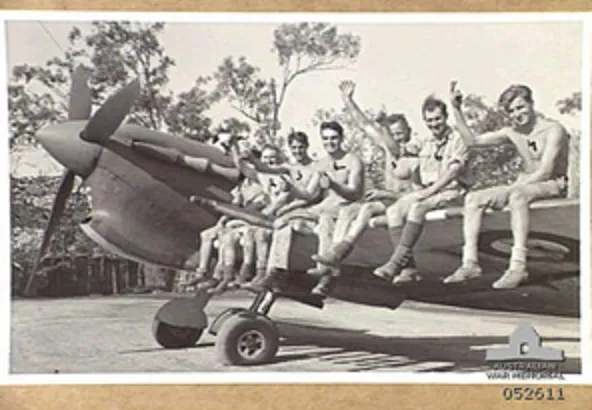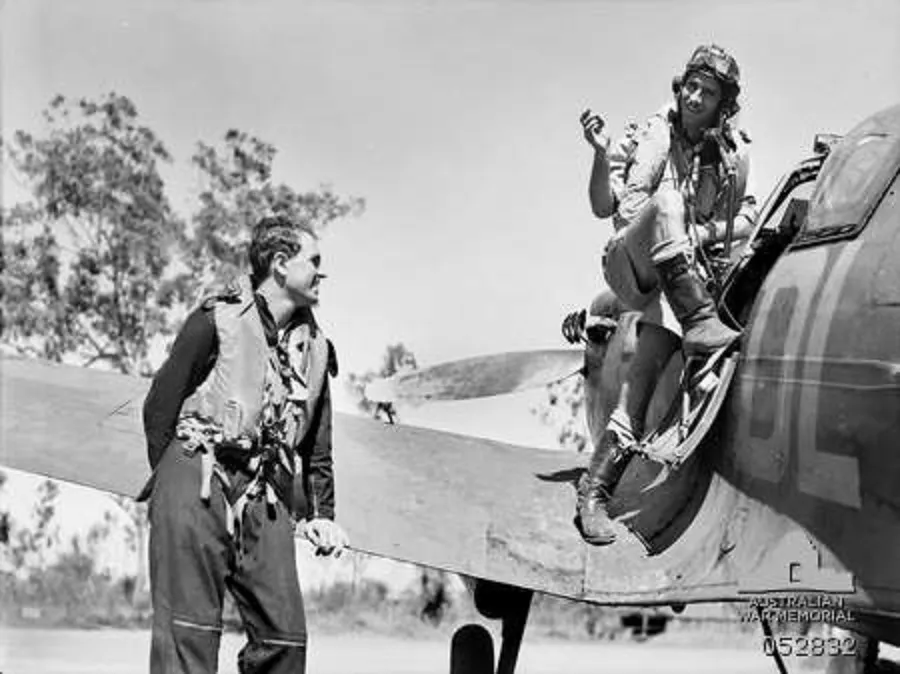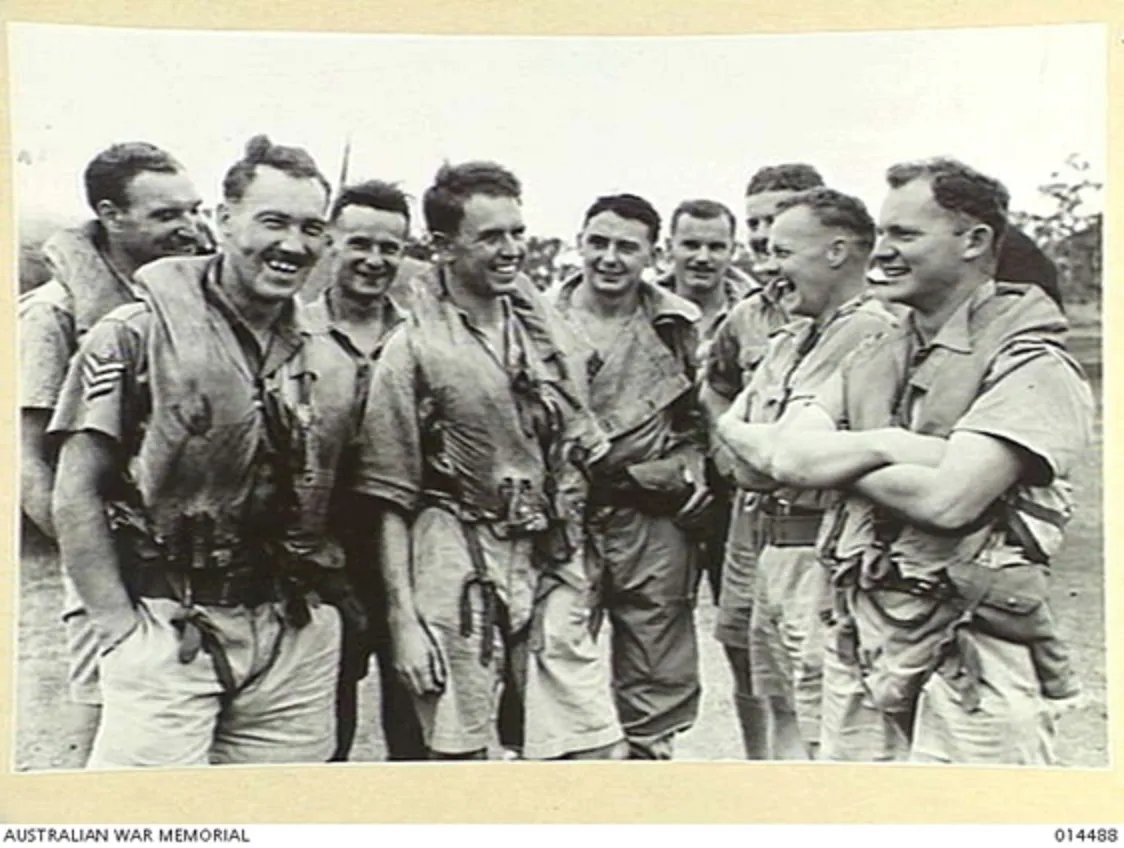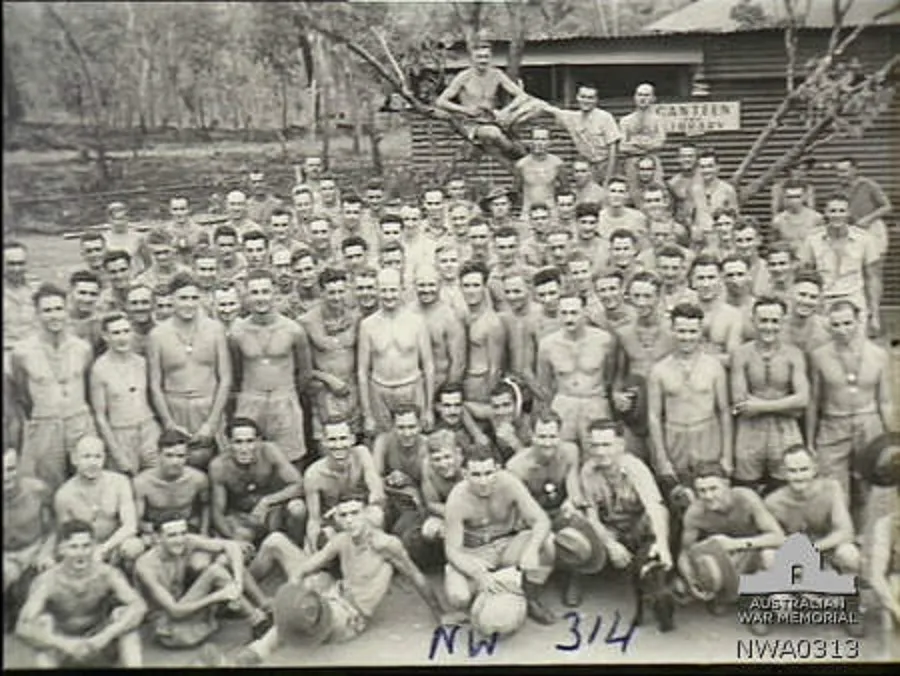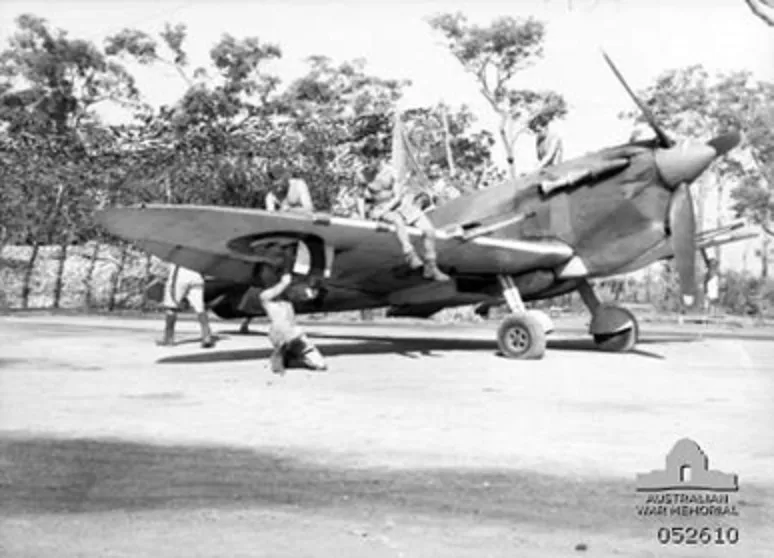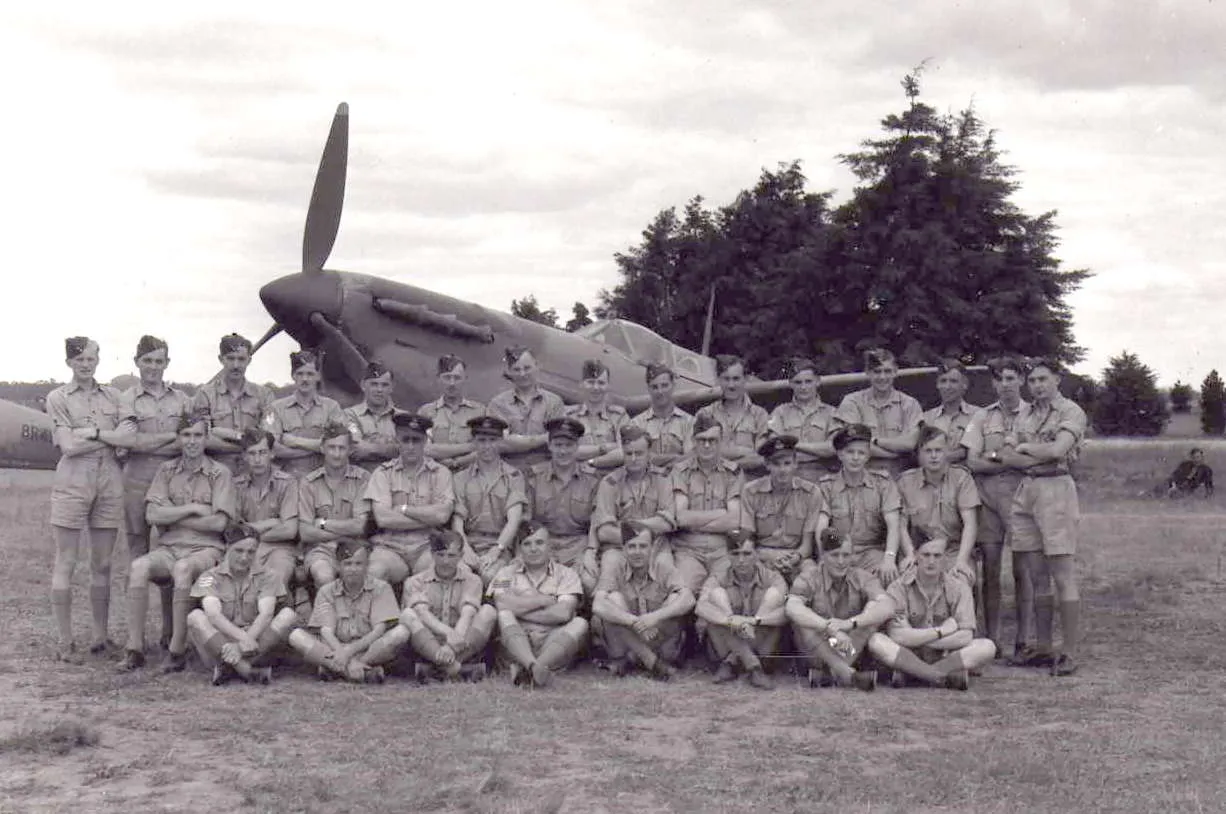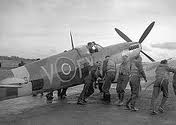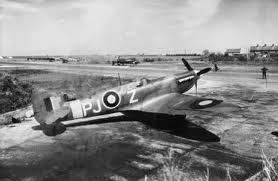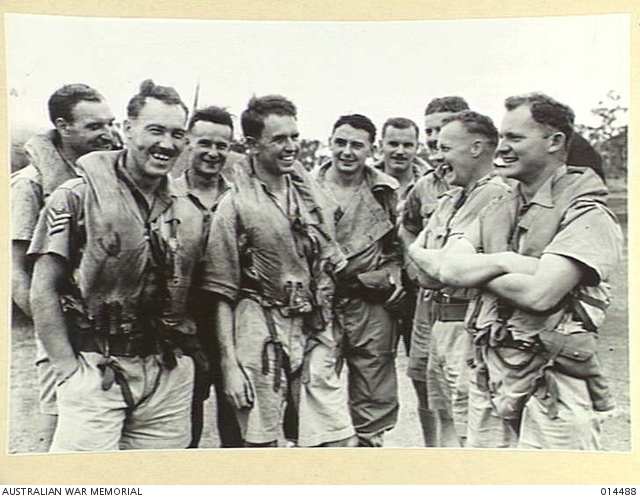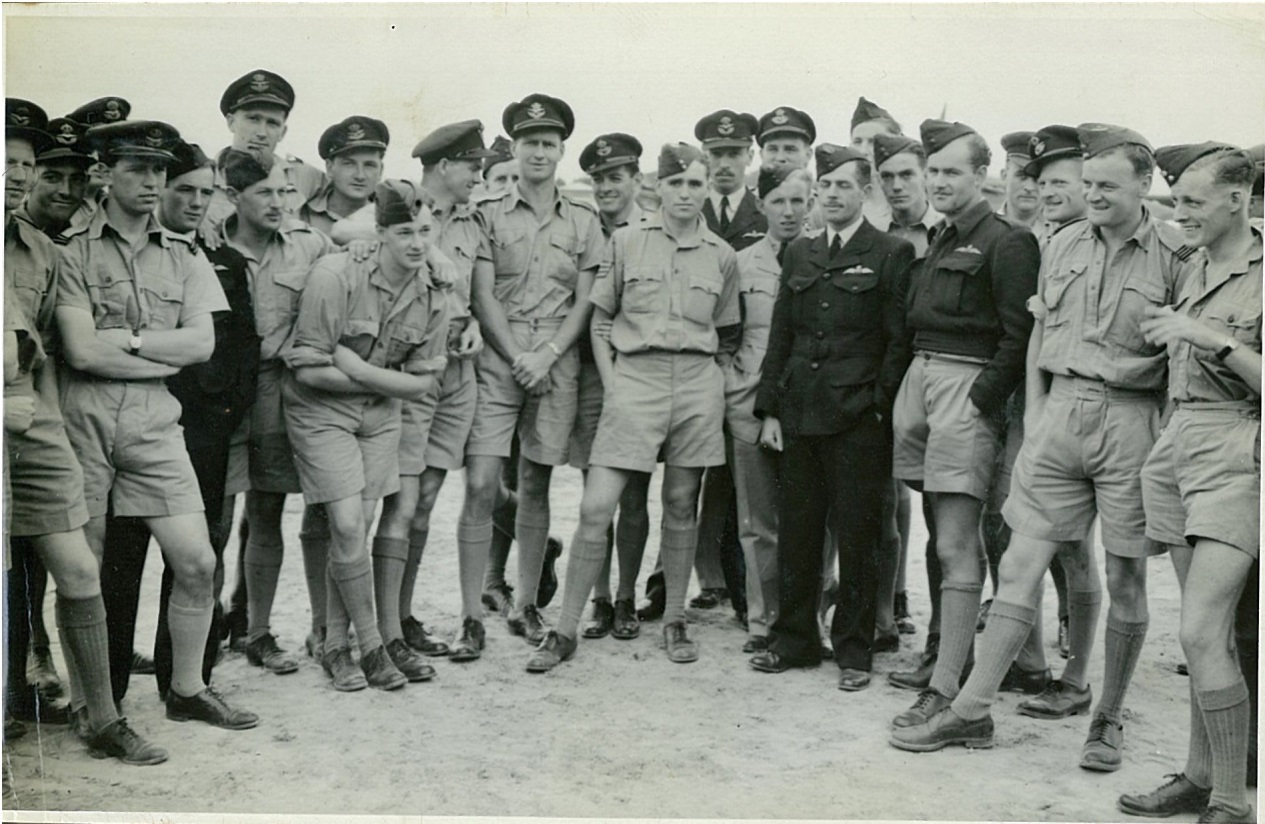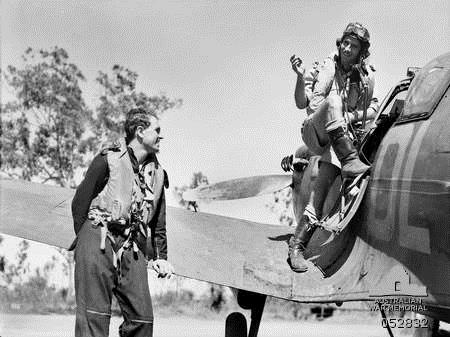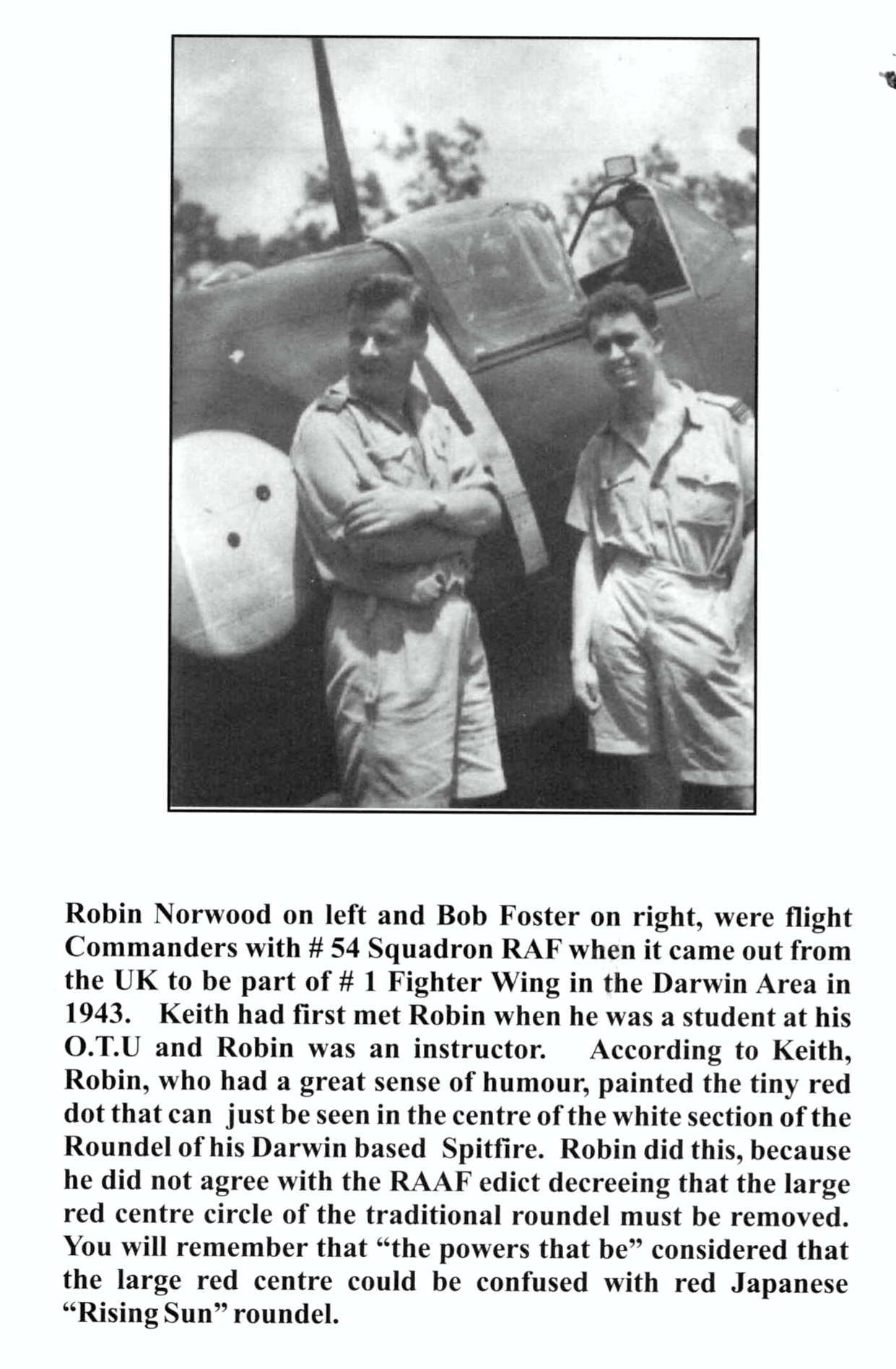No 54 Squadron RAF
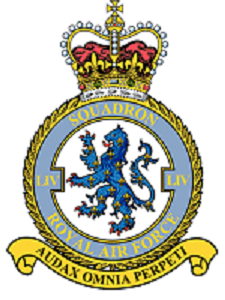


Formed at Castle Bromwich on 5 May 1916, No 54 Squadron, like many others formed at the same time, was tasked with Home Defence duties flying BE2Cs. Four months later, however, it transferred to day fighter missions and moved to France escorting bombers and attacking observation balloons. The final months of the War were spent flying Camels in ground attack as well as fighter sorties. In February 1919, the Squadron returned to the UK, disbanding some ten months later.
The Squadron was reformed at Hornchurch on 15 January 1930 as a fighter squadron equipped initially with Siskins then subsequently Bulldogs, Gauntlets and Gladiators before the Squadron's first monoplane, the Spitfire, arrived in March 1939. The early days of the Second World War were spent patrolling the Kent coast, until, in May-June 1940; the unit provided air cover for the evacuation of Dunkirk. It then operated throughout the Battle of Britain until moving to Catterick to undertake coastal patrols in September. Returning to Hornchurch in February 1941, the squadron continued offensive operations over France until November, when it moved to Castletown in Scotland.
On 28 May 1942 British Prime Minister Winston Churchill agreed to an Australian Government request to dispatch three fully equipped Spitfire squadrons to Australia to reinforce the RAAF. The squadrons selected were the Australian No. 452 and No. 457 Squadrons as well as the British No. 54 Squadron RAF. In June 1942 the squadron moved south to Wellingore to prepare for the move. On 20 June the squadron left England on board the MV Stirling Castle, which was also carrying the men of No. 452 and No. 457 Squadrons. In mid-1942, the Squadron left for Australia and joined the battle against the Japanese.
Although, nominally, the three squadrons were manned by experienced combat veterans this was not entirely true. No. 54 Squadron had mainly new personnel and its CO had little fighter experience, having recently been posted in from a general reconnaissance squadron. Both flight commanders, Bob Foster and Robin Norwood, were Battle of Britain veterans, however. No. 452 Squadron had seen intensive fighting between August 1941 and March 1942 and its CO, Squadron Leader Thorold-Smith, was credited with 8 victories. Several of 452 Squadron's more experienced pilots, including then CO, 'Bluey' Truscott, had been posted back to Australia in early 1942 and now formed the nucleus of No.76 Kittyhawk squadron. Most of the replacement pilots had seen little or no combat. The balance was partly redressed with the posting in of Malta veterans, Tim Goldsmith and John Bisley, who would later become Flight Commanders.
It was January 1943, before the squadron was ready to begin operations. The anniversary of the first Darwin raid passed quietly. The Japanese were probably evaluating their intelligence to assess how many Spitfires the RAAF had in the Darwin area. On the 2nd February a Japanese Dinah reconnaissance aircraft was reported approaching Darwin. Several Spitfires from No. 54 Squadron scrambled, and Flight Lieutenant Bob Foster dispatched it into the Timor Sea just off Melville Island. No.1 Fighter Wing had its first victory and the Japanese had been denied photos of the presence of the Spitfires. It was somewhat in vain however, as the next day another Dinah flew over the area unmolested.
54 Squadron flew its first patrol of the Darwin area on 5 February, and although uneventful, the day would end on a tragic note. Upon landing Sgt Cooper and Sgt Peter McCarthy collided. Cooper was unhurt but McCarthy received serious injuries and died on route to hospital. Peter Frederick McCarthy, from Gravesend, Kent, was 20 years old. It was the squadron's first casualty since arriving in Australia, after claiming over 100 aircraft destroyed in England.
At 12:05 the following day, F/L Foster, F/Sgt Mahoney, P/O Farries and Sgt Monger were scrambled to intercept an incoming 'plot'. However Monger and Farries returned ten minutes later (possibly with mechanical problems), leaving Foster (White 1) and Mahoney (white 2) to complete the sortie. The 'plot' was Lt Kurasuki Setaguti and Lt Fumio Morio, in a Mitsubishi Ki-46 Dinah
of 70 Independent Chutai. Flying from Timor, it was the unit's first reconnaissance flight of Darwin.
The two Spitfires headed to the North West, climbing. Foster's radio was unserviceable but he could still hear communications from ground control. He was instructed to patrol over Bathurst Island at 25,000 ft. Told that the bandit was now at 8,000 ft, the Spitfires descended through a thin layer of cloud to 12.000 ft. After being vectored north of their position, the Dinah was observed flying towards them, before beginning to climb in a North Westerly direction.
Foster began closing on the greyish blue
aircraft on its rear quarter. When at a range of 300 yards, slightly below and astern, he open fired with two short bursts, sighting hits on the port engine. Now down to 200 yards his second burst hit both engines and the fuselage. He had closed to 100 yards before firing another two bursts. This time flames began to lick from the port engine, which then spread quickly to the rest of the aircraft. The Dinah then dived and spiralled out of control, hitting the sea 70 miles North West of Bathurst Island. The crash was seen by both Foster and Mahoney and at no time did the two come under return fire.
Fosters claim was the first Spitfire victory in the Pacific but it was a bitter sweet return to the squadron's base at Darwin. While the squadron celebrated its first Australian victory, it had to deal simultaneously with the grief of Peter McCarthy's funeral.
(05/06 Feb excerpt courtesy of Pacific Victory Roll.com)
On 2 March the Japanese made their move. This was Raid No. 52 in the Darwin area. According to noted historian, Christopher Shores, the attacking force consisted of nine Mitsubishi 'Betty' bombers escorted by some twenty Mitsubishi A6M Zero 'Zeke' fighters, although RAAF reports claim rather more bombers and also the presence of 'Kate' light bombers. The main force attacked the airstrip at Coomalie Creek where RAAF Beaufighters, which had been causing the Japanese considerable pain, were based. Nos. 54 and 457 Squadrons each scrambled twelve aircraft. They were led by the Wing Leader, Caldwell, who had as his No. 2 Group Captain Walters. No. 457 Squadron did not make contact with the enemy but Caldwell and elements of No. 54 Squadron did. In the ensuing fight Caldwell was to claim one 'Kate' and one 'Zeke' and, Squadron Leader Gibbs a 'Zeke'.
The Japanese were to claim three fighters, which they identified as Buffalos and P-39s, shot down. In fact neither side had suffered any loss!
On the 7th September the Japanese sent a twin engine reconnaissance aircraft heavily escorted by 21 fighters. The first warning of this reconnaissance in force came at 8.30 am when the enemy planes were 180 miles from Darwin. Twelve aircraft of No 457 were ordered to go to exit points to intercept them. Radar operators thought at first that only one aircraft was coming, but soon it was clear that many were on their way, and a total of 48 Spitfires took to the air led by Flight Lieutenant Bob Foster.
While the Spitfires of Nos 54 (Candy) and 452 (Troppo) were near Port Patterson the pilots saw 21 enemy aircraft 16 miles west of Sattler and at a higher altitude. The enemy fighters attacked before these Spitfires could gain a height advantage. In the affray which followed one enemy fighter was destroyed and two probably destroyed. A Spitfire pilot, Flying Officer William Hinds, was shot down and killed, while two others, Squadron Leader Ron MacDonald, commander of No 452 (Troppo), and Pilot Officer Paul Tully, also of No 452 (Troppo) were shot down but escaped by parachute. A cannon shell from a Japanese fighter exploded in the cockpit of MacDonald's machine and he suffered serious burns before baling out. He was found later near Tumbling Waters and returned to the RAAF Medical Receiving Station in a Tiger Moth aircraft flown by Squadron Leader Fenton.
Immediately after this clash, No. 457 (Skeeter), which had been airborne earlier and had a height advantage, carried out a successful attack on the enemy aircraft, shooting down four Zekes (Zeros) and damaging others. All Spitfires from 457 (Skeeter) squadron returned undamaged to base. During this raid the Japanese used radio jamming for the first time so that the Squadron's had difficulty communicating. The ground station's radio transmitter was completely interrupted by a loud scream or whistle, which made it impossible for further orders to be passed to the aircraft. Consequently they encountered the enemy unexpectedly and in the most disadvantageous position contributing to the death of F/O Hinds.
The problem they had with the radio reception was initially thought to have been the accidental jamming down of a key in one of the Spitfires but Murimitsu Sasaki who was in one of the Ki-46 Dinah's confirmed they had dispensed thin strips of aluminium to blanket the radar. According to Bob Alford's research this was the first time over the NWA
By July, the attacks had ceased but No. 1 Fighter Wing was retained until September 1945, when its aircraft were disposed of. The following month, its personnel returned to Britain and the squadron was disbanded on the 31 October 1945.
Motto: Audax omnia perpeti - 'Boldness to endure anything'
Badge: Lion rampant semée de lys - approved by King George VI. The badge combines features of the arms of France and Flanders, commemorating the Squadron's battles on the Western Front.
Key Dates:
• 1916 - Formed at Castle Bromwich.
• 1940 - Took part in the Battle of Britain.
• 1948 - Flew the first ever crossing of the Atlantic by a jet aircraft.
Battle Honours:
Western Front 1916-1918, Arras*, Ypres 1917, Cambrai 1917*, Amiens*, Home Defence 1940-1945, France and Low Countries 1940, Dunkirk*, Battle of Britain1940*, Fortress Europe 1941*, Eastern Waters 1943-1945*, Gulf 1991.
(Honours marked with an asterisk, are emblazoned on the Squadron Standard)
